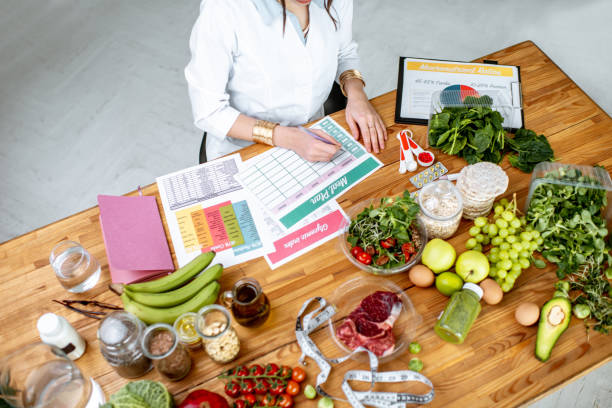Eating well is about consistently choosing healthy foods and beverages. These include fruits, vegetables (3 or more servings a day), whole grains, low-fat dairy and protein from sources like seafood, lean meats and poultry without skin, eggs, beans and unsalted nuts and seeds.
It also means cutting back on sugary drinks, salt and saturated fat. These quick tips, from Modern Medicine, can help you do just that.

Eat a Variety of Fruits and Vegetables
It’s important to eat a variety of fruits and vegetables, which supply your body with the vitamins, minerals, and fiber you need to feel healthy. A diet rich in fruit and vegetables, with guidance from Dietitian in Ballarat, helps to reduce your risk of heart disease, type 2 diabetes, and high blood pressure.
Eat a wide range of whole foods, aiming for 5 servings of fruit and vegetables each day (a “serving” is 80g). Include options that are fresh, frozen, canned or dried.
Try to avoid foods that are high in saturated fat, added sugar and salt. Choose lean meat and low-fat dairy products, and limit processed foods such as pizza, burgers and ready meals.
Shop smart and keep staples in your kitchen to make it easy to prepare healthy meals. Stock up on vegetables that are in season and shop for bargains on fresh produce. Keep canned and frozen vegetables and fruit on hand to add to quick meals – for example, tinned tomatoes or vegetable curry. Use herbs, spices, sauces and broth cubes to add flavour to your food.
Eat Whole Grains
A diet that includes whole grains is an important part of a healthy eating pattern. Whole grains contain a variety of vitamins, minerals and fiber, which is helpful in managing weight, controlling blood sugar levels and decreasing the risk for heart disease. Whole grains also provide a source of soluble fiber, which can help lower cholesterol and reduce blood pressure and triglycerides.
Whole grain foods include wheat, barley, oats, brown rice, farro, triticale, quinoa and rye. When choosing breads, pasta and other grain products look for “whole wheat” or “whole grain” on the label. You may also find foods that are labeled “enriched” or “fortified,” which means they have added nutrients such as folic acid and iron.
When purchasing grains, be sure to read the nutrition facts table to choose those that are low in sodium, sugars and saturated fat. Use the % daily value to help you compare the amount of fibre between foods. Also, be aware that some foods that are labelled “whole grain” may not actually be whole grain. For example, some breads are coloured with molasses or other ingredients and do not contain all of the parts of the grain such as the germ and bran.
Eat Lean Meats
Meat is part of a healthy diet, but not all meats are created equal. Fatty and processed meats raise cholesterol levels and are more likely to increase your weight, whereas lean meats are good sources of protein, iron, vitamin B12 and zinc. Chicken, turkey and pork are good choices of lean meat. If you eat beef, choose tenderloin, top sirloin or loin cuts with the fat trimmed off. Lamb is also a great choice, especially when cooked with vegetables and whole grains for a hearty stew like Irish lamb stew.
A 3-ounce serving of skinless poultry or a cut of meat with the fat trimmed has less than 10 grams of total fat and 4 grams of saturated fat. Lean meats are also lower in calories than fatty meats, making them appropriate for people who need to reduce their calorie intake. Look for the “choice” or “select” grades on meat packages and for labels that say lean, extra lean or low fat to find the best options. Also, consider preparing meats by broiling and baking to cut down on their overall fat content.
Eat Beans
Beans, lentils, and split peas are a good source of plant-based protein and fiber. They also provide vitamins and minerals, including iron, folate, magnesium, copper, and potassium. They are rich in antioxidants and can help lower cholesterol, keep blood sugar steady, and increase “good” bacteria in the gut. Beans are low in fat and calories. They are easy to purchase, store and prepare, whether they are canned or dried.
You can add beans to soups, chili, salads and pasta dishes. You can even use beans to make healthy desserts like fudgy black bean brownies. Beans are also a tasty addition to vegetarian sandwiches and wraps.
Despite the many jokes and family anecdotes about beans-induced flatulence, there is little evidence that they are harmful to most people. However, a small percentage of people can develop an allergy to beans or legumes or have difficulty digesting them. This is likely caused by the enzyme lectin in beans that can bind to carbs and prevent their absorption. You can reduce the amount of lectin in beans by using canned beans and rinsing them well.
Drink Water
Water is the best choice for quenching thirst — it’s calorie-free, low in sodium and low in sugar. Fruit juice and tea or coffee are also good choices if you enjoy them, but skip sodas, fruit punches and other sweetened drinks.
You should try to drink enough fluids to meet your individual needs. For most healthy adults, that means eight glasses a day. You can get fluids from beverages and foods, but a lot of people don’t make drinking enough water a priority.
Try aiming for two to three glasses of water before each meal and snack, and one glass with each meal. Keep a water bottle handy, and keep it filled up so you have plenty on hand for when you’re on the go. Having a glass of water before every meal can help you feel full and manage your weight.







